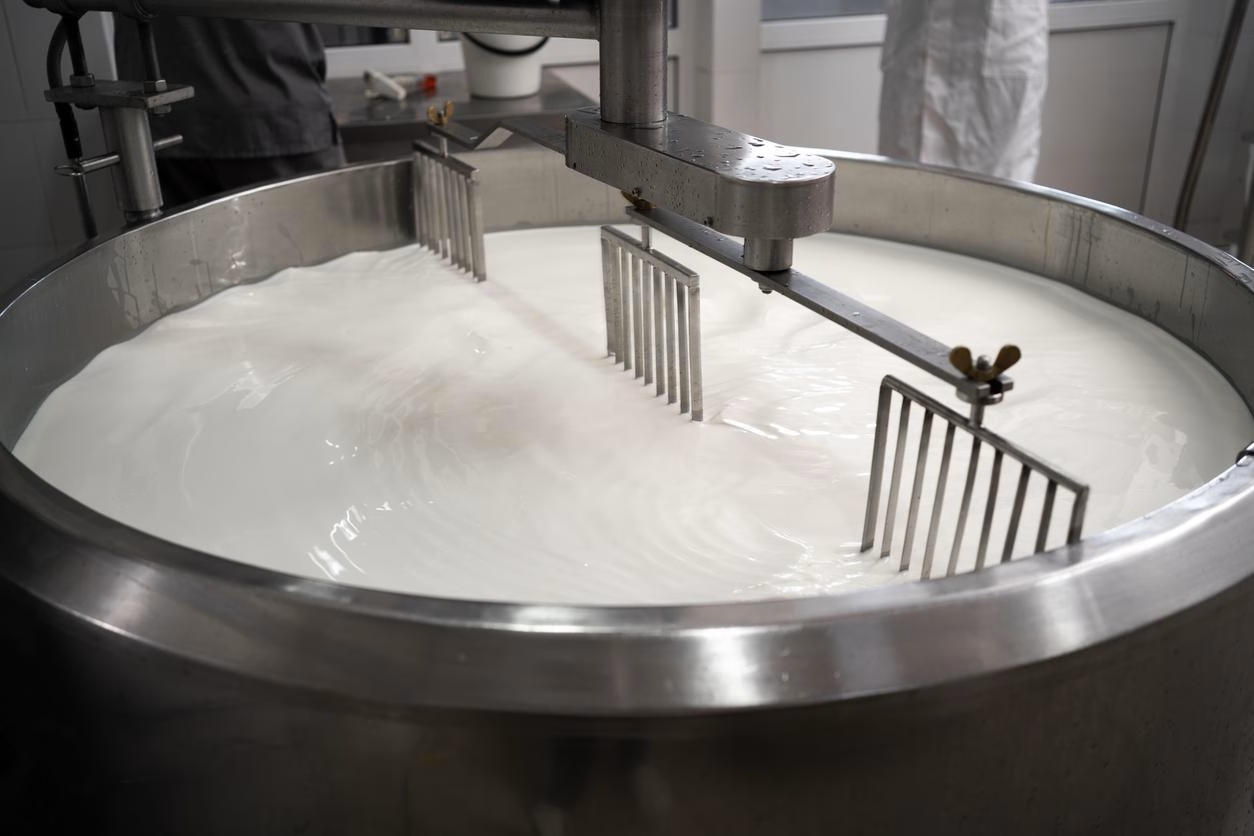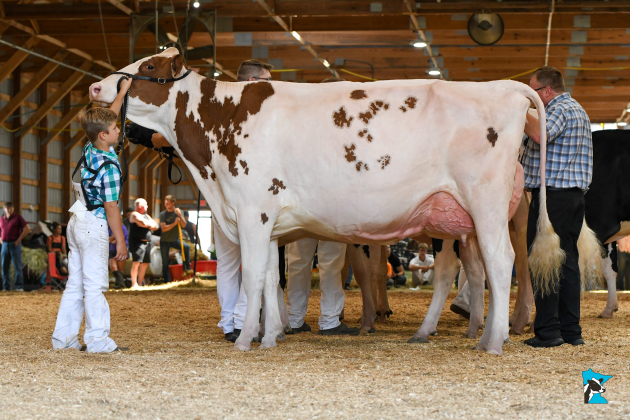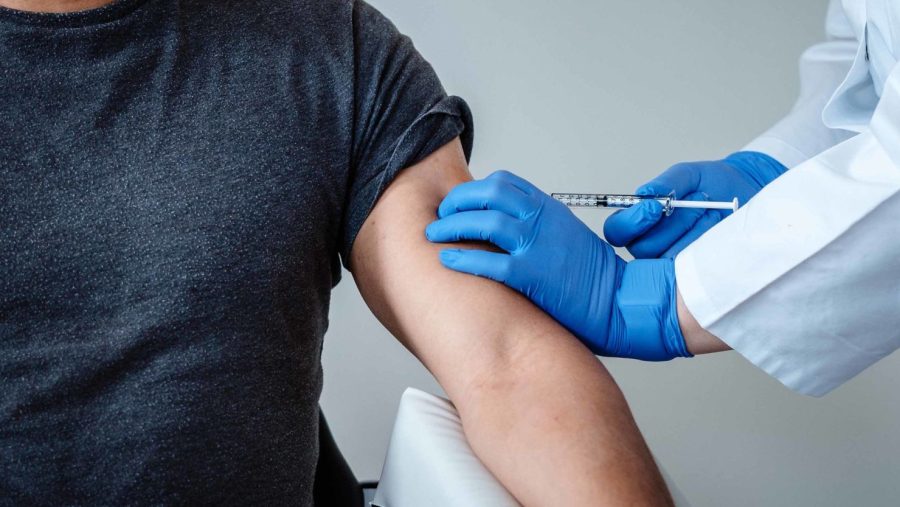Curious about how pasteurization keeps milk safe during H5N1 outbreaks in dairy cows? Learn how pasteurization can protect you from health risks associated with contaminated milk.

Imagine starting your day with a fresh glass of milk, only to discover it might carry the dangerous H5N1 influenza virus. Recent outbreaks of H5N1 in American dairy cows have raised significant public health concerns about milk safety. However, the process of pasteurization, which effectively kills influenza viruses, including H5N1, provides a reassuring safety measure. Unpasteurized or ‘raw’ milk, on the other hand, can still carry infectious viruses, posing significant health risks. Understanding these safety measures is crucial for preventing a potential adaptation of the H5N1 virus to humans, which could lead to a new pandemic. With this information, you can make informed decisions about your dairy consumption and help spread awareness about the importance of pasteurization. Wondering how this impacts you and how to ensure your milk is safe? Read on.
The Threat of H5N1: A Cross-Species Concern
H5N1, known as avian influenza or bird flu, is a subtype of the influenza A virus. It originates in wild birds but can spread to domestic poultry and other animals, causing severe disease and high bird mortality rates.
While wild birds often carry the virus without symptoms, domestic birds like chickens and turkeys can experience severe illness and high death rates. The virus has also infected mammals such as foxes, bears, and seals, usually from eating infected birds or drinking contaminated water.
Human cases of H5N1 are severe but rare, with around 900 infections reported, mostly from close contact with infected birds. These infections can cause severe respiratory illness and have high fatality rates, raising concerns about the virus mutating to spread between humans.
H5N1 is a significant threat to both animals and humans. Its potential to jump from birds to humans and possibly mutate for human-to-human transmission makes it a global concern. Ongoing surveillance and research are critical to managing these risks and preventing future pandemics.
Widespread H5N1 Outbreaks in American Dairy Cows: A Wake-Up Call for the Dairy Industry
Recent H5N1 outbreaks in American dairy cows have shaken the dairy industry, sparking severe public health concerns. The U.S. Department of Agriculture reports that 36 herds across nine states are infected, highlighting the widespread issue. This highly pathogenic strain has jumped from birds to mammals, risking dairy cows and milk safety.
Detection: Researchers have found the H5N1 virus in milk from infected cows through rigorous testing, necessitating stringent safety measures in milk processing.
The impacts on the dairy industry are significant. Farmers face economic hardships from quarantines and potential herd culling, while consumer trust in dairy products wanes over contamination fears.
Public Health Concerns: Experts warn that H5N1 in cow milk raises the risk of zoonotic transmission, primarily through unpasteurized milk. While human cases of H5N1 are rare, they can be severe, and the possibility of human-to-human transmission emphasizes the need for control measures.
These outbreaks underscore the importance of scientific measures like pasteurization to ensure public safety and protect the dairy industry.
Understanding Pasteurization: Methods and Benefits
Pasteurization is a heat treatment process that eliminates harmful microorganisms in milk by heating it to a specific temperature for a set period. This process effectively kills bacteria, viruses, and other pathogens, making the milk safe for consumption.
- Low-Temperature Long-Time (LTLT): This method heats milk to 63°C (145°F) for 30 minutes and is commonly used in smaller dairies.
- High-Temperature Short-Time (HTST): This method heats milk to 72°C (161°F) for at least 15 seconds and is often used in large-scale operations.
These treatments kill pathogens in the milk without altering its taste or nutrition. The high temperatures break down bacteria and viruses, making the milk safe to drink.
Groundbreaking Collaborative Research Confirms Pasteurization Effectively Inactivates H5N1 and Other Influenza Viruses in Milk
A collaborative study by the MRC-University of Glasgow Centre for Virus Research explored how well pasteurization kills influenza viruses in milk. They mixed different flu viruses, including H5N1, with raw and store-bought whole milk, then heated them to 63°C and 72°C. The result? These temperatures effectively kill the viruses, making the milk safe to drink.
The study’s findings could be more timely. Researchers confirmed that standard pasteurization temperatures of 63°C or 72°C effectively inactivate all tested influenza viruses, including the high-threat H5N1 strain, making the milk safe for consumption.
Conversely, consuming raw or unpasteurized milk in areas with H5N1-infected dairy cows poses significant risks. Raw milk can carry infectious influenza viruses, including H5N1, which is already known to harbor various pathogens. This highlights the crucial role of pasteurization in safeguarding public health and underscores the need for caution in dairy consumption.
Expert Opinions on Pasteurization and Risks of Raw Milk Amidst H5N1 Outbreak
Renowned experts have voiced their perspectives on the significance of pasteurization and the associated risks of consuming raw milk amidst the H5N1 outbreak. Professor Ian Brown, the group leader of avian virology at The Pirbright Institute, emphasized, “While infection with high pathogenicity avian influenza virus in dairy cattle is confined to the U.S., we must support global efforts to understand the disease better, the risks it presents to the public and its control. This study on pasteurization provides important information that underpins disease preparedness and response beyond the U.S., should it be required.”
Ed Hutchinson, senior lecturer at the MRC-University of Glasgow Centre for Virus Research, echoed these sentiments, highlighting the urgent need to confirm pasteurization’s efficacy. He noted, “We urgently needed to answer whether pasteurization made milk safe. We have now shown that the temperatures used in pasteurization should rapidly inactivate all influenza viruses. However, we also found that ‘raw’ or unpasteurized milk can carry infectious influenza viruses.”
Both experts stress that raw milk can harbor various pathogens. Hutchinson adds, “We would caution people against drinking it in areas where cattle might be infected with H5N1 influenza.” He further warned, “Human infections with H5N1 influenza viruses can be hazardous, and they also give the virus more opportunities to adapt to growing in humans with the chance of becoming able to transmit to humans. Pasteurizing milk in affected areas is a good way to minimize these risks.“
The Critical Public Health Role of Pasteurization in Combating H5N1
The findings of this study have important public health implications. Pasteurization is crucial for safe milk consumption and plays a significant role in preventing zoonotic transmissions like H5N1. This process effectively inactivates dangerous pathogens, reducing the risk of the virus adapting to humans and possibly causing a new pandemic. This emphasis on pasteurization’s role should make you feel more secure about your dairy consumption.
Public health authorities play a crucial role in advising against the consumption of raw milk in affected areas. Their guidance is based on the understanding that raw milk can pose significant health risks, especially in regions with H5N1 outbreaks among dairy cattle. Raw milk is already known to carry various pathogens, and H5N1 increases these dangers. The study supports rigorous pasteurization protocols to safeguard against current and future public health threats.
Global Implications of Pasteurization: Safeguarding Public Health Against H5N1 and Beyond
These findings are crucial not just for the American dairy industry but globally. Influenza viruses like H5N1 can cross species and potentially trigger pandemics. This research shows that pasteurization is vital in making dairy products safe, inactivating H5N1 and other flu viruses, and impacting global dairy practices and health policies.
Understanding how influenza viruses behave under different conditions is vital for global disease preparedness. Insights from this study can help countries enhance their response to potential H5N1 outbreaks, supporting efforts to control zoonotic pathogens.
These findings also stress the need for vigilance in regions where raw milk consumption is daily and poses health risks. Promoting pasteurization globally can help protect both animals and humans from future outbreaks.
The Bottom Line
Ensuring the safety of milk through pasteurization is crucial to mitigate the risks posed by the H5N1 virus. Pasteurization effectively inactivates influenza viruses, including H5N1. However, consuming raw milk remains a significant hazard, especially in outbreak areas. Pasteurized milk does not carry infectious influenza viruses, while raw milk can be a carrier. This demonstrates the necessity of heat treatments.
Understanding pasteurization and its benefits, as well as expert insights from leading researchers, makes it clear that pasteurization plays a critical role in disease prevention. This collaborative research supports established food safety practices and ongoing efforts to protect public health from emerging zoonotic diseases.
The study highlights the need for vigilant monitoring and strict biosecurity measures worldwide. While H5N1 is currently more prevalent in avian species, its introduction to U.S. dairy cattle reminds us of the virus’s potential to cross species and the risks to human health.
Ultimately, this research advocates for the continued and rigorous application of pasteurization. It urges consumers to avoid raw milk in outbreak-prone areas to reduce the threat of H5N1 infections and safeguard public health. Stay informed, stay cautious, and prioritize safety in your dietary choices.
Key Takeaways:
- H5N1 outbreaks in dairy cows raise significant concerns about milk safety and potential human infections.
- Pasteurisation at standard temperatures (63°C or 72°C) can effectively inactivate H5N1 and other influenza viruses in milk.
- Raw or unpasteurised milk can carry infectious influenza viruses, posing serious health risks.
- Human infections with H5N1 are rare but can be extremely severe if they occur.
- Researchers urge consumers to avoid raw milk in areas affected by H5N1 to minimize risks of infection.
Summary:
The H5N1 influenza virus outbreak in American dairy cows has raised public health concerns about milk safety. Pasteurization, a heat treatment process, eliminates harmful microorganisms in milk by heating it to a specific temperature for a set period, making the milk safe for consumption. Unpasteurized or ‘raw’ milk can still carry infectious viruses, posing significant health risks. Understanding these safety measures is crucial for preventing the potential adaptation of the H5N1 virus to humans, which could lead to a new pandemic. H5N1, also known as avian influenza or bird flu, originates in wild birds but can spread to domestic poultry and other animals, causing severe disease and high bird mortality rates. Human cases of H5N1 are rare, with around 900 infections reported, mostly from close contact with infected birds. Recent outbreaks in American dairy cows have shaken the dairy industry, highlighting the widespread issue. Researchers have found the H5N1 virus in milk from infected cows through rigorous testing, necessitating stringent safety measures in milk processing. Consuming raw or unpasteurized milk in areas with H5N1-infected dairy cows poses significant risks, as raw milk can carry infectious influenza viruses, including H5N1, which is already known to harbor various pathogens. Promoting pasteurization globally can help protect both animals and humans from future outbreaks.














